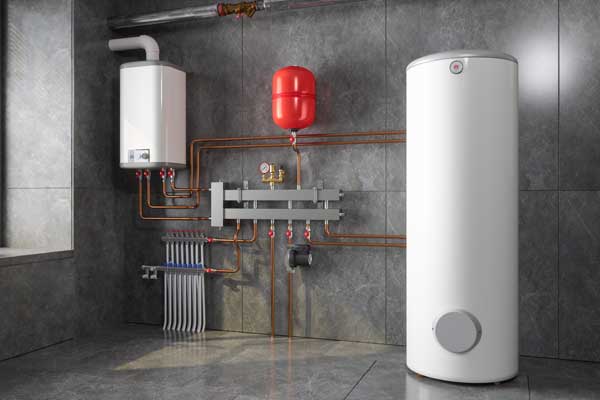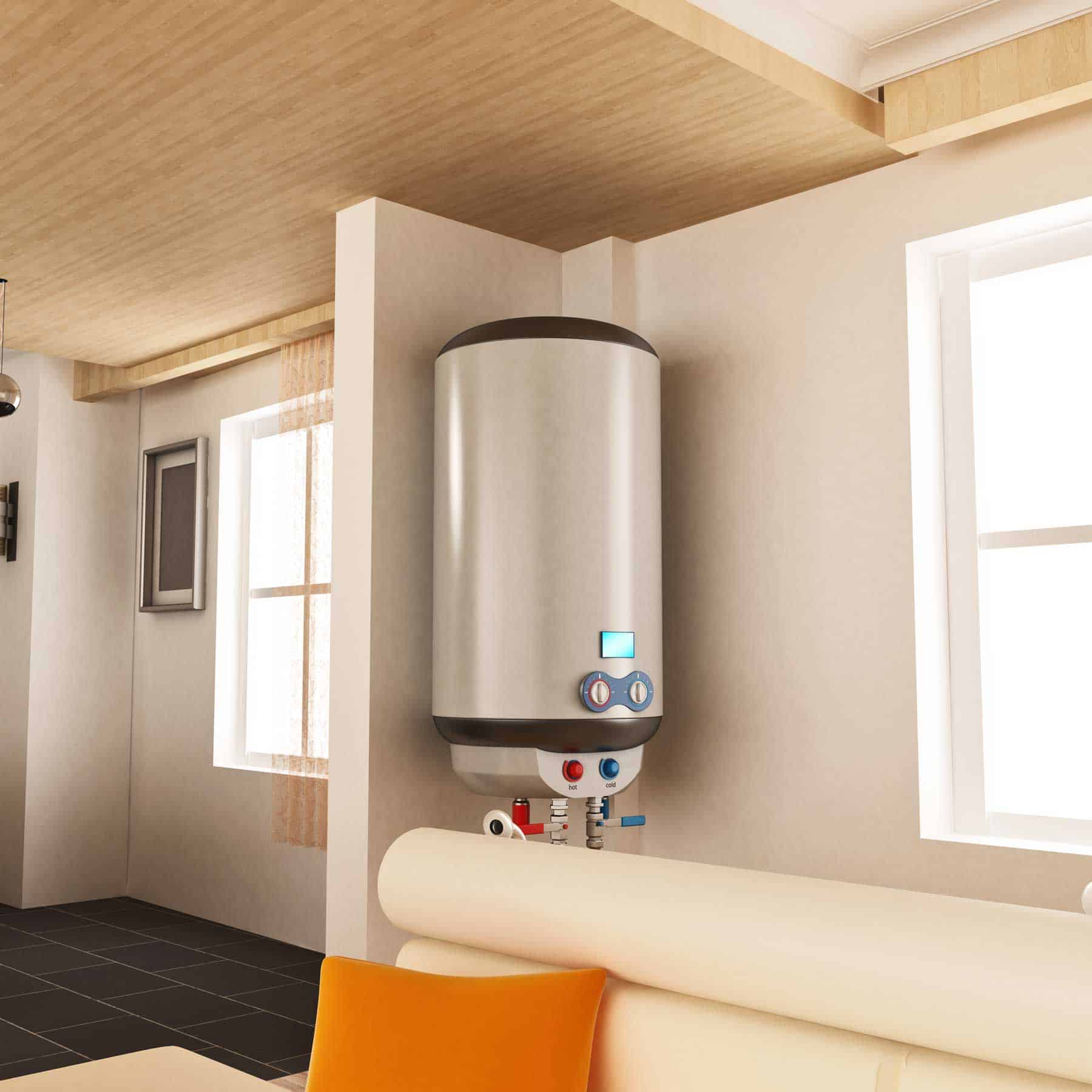This article on the next paragraphs pertaining to What Kind of Maintenance Do Water Heaters Need? is exceptionally entertaining. You should investigate it.

Warm water is necessary for everyday comfort, whether it's for a revitalizing shower or washing recipes. To ensure your hot water system runs successfully and lasts longer, regular upkeep is essential. This short article gives practical ideas and insights on just how to keep your home's warm water system to prevent interruptions and expensive repairs.
Intro
Maintaining your home's warm water system might appear complicated, however with a couple of easy actions, you can ensure it runs smoothly for several years to come. This guide covers everything from understanding your warm water system to DIY upkeep suggestions and understanding when to hire professional aid.
Significance of Keeping Your Hot Water System
Normal maintenance not only expands the lifespan of your hot water system however additionally ensures it runs efficiently. Ignoring upkeep can result in reduced efficiency, higher power bills, and even early failing of the system.
Indications Your Warm Water System Needs Upkeep
Recognizing when your hot water system needs focus can prevent significant concerns. Look out for indications such as irregular water temperature level, unusual noises from the heating system, or rusty water.
Comprehending Your Warm Water System
Before diving into maintenance jobs, it's handy to comprehend the standard parts of your hot water system. Generally, this consists of the hot water heater itself, pipelines, anode poles, and temperature controls.
Regular Monthly Upkeep Tasks
Normal month-to-month checks can help catch minor issues prior to they rise.
Flushing the Water Heater
Flushing your water heater eliminates sediment build-up, boosting performance and prolonging its life.
Checking and Replacing Anode Rods
Anode rods prevent corrosion inside the storage tank. Inspecting and changing them when worn is vital.
Evaluating and Readjusting Temperature Level Settings
Readjusting the temperature settings makes sure optimum performance and safety.
DIY Tips for Maintenance
You can do a number of upkeep jobs on your own to maintain your warm water system in leading condition.
Checking for Leaks
Frequently check pipes and connections for leakages, as these can cause water damages and greater expenses.
Checking Stress Relief Valves
Evaluating the stress safety valve guarantees it works properly and stops too much stress accumulation.
Protecting Pipes
Insulating hot water pipes decreases warm loss and can save power.
When to Call a Specialist
While DIY maintenance is advantageous, some issues require specialist expertise.
Complicated Issues Calling For Specialist Assistance
Examples include significant leaks, electric issues, or if your water heater is consistently underperforming.
Regular Specialist Maintenance Perks
Expert maintenance can include thorough inspections, tune-ups, and making certain conformity with safety and security criteria.
Final thought
Routine upkeep of your home's warm water system is crucial for effectiveness, longevity, and cost financial savings. By complying with these tips and recognizing when to seek professional help, you can guarantee a reputable supply of hot water without unexpected disturbances.
How to Maintain an Instant Hot Water Heater
Before tinkering with your hot water heater, make sure that it’s not powered on. You also have to turn off the main circuit breaker and shut off the main gas line to prevent accidents. Also turn off the water valves connected to your unit to prevent water from flowing into and out of the appliance. 2. When you’re done, you have to detach the purge valves’ caps. These look like the letter “T†and are situated on either side of the water valves. Doing so will release any pressure that has accumulated inside the valves while at the same time avoid hot water from shooting out and burning your skin. 3. When the purge valves’ caps are removed, you have to connect your hosing lines to the valves. Your unit should have come with three hoses but if it didn’t, you can purchase these things from any hardware or home repair shops. You can also get them from retail stores that sell water heating systems. Read the user’s manual and follow it to complete this task properly. When the hosing lines are connected, open the purge port’s valves. 4. You should never use harsh chemical cleaners or solutions when cleaning your unit. Make use of white vinegar instead. It should be undiluted and you’ll probably use about 2 gallons. 5. Now flush your water heater. This task should probably take about 40 minutes. We can’t give you specific directions for this because the procedure is carried out depending on the type, model and brand of your heater. With that being said, refer to the user’s manual. 6. When you’re done draining the unit, you have to turn off the purge port valves again. Remove the hosing lines that you earlier installed on each of the water valves. Put the valve caps (purge port) back in their respective places and be very careful so as not to damage the rubber discs that are found inside these caps. 7. Now that everything’s back in place, check your user’s manual again to find out how to reactivate your water heating system. 8. Once it is working, turn one of your hot water faucets on just to let air pass through the heater’s water supply pipes. Leave the tap on until water flows smoothly out of it. https://www.orrplumbing.com/blog/2014/september/how-to-maintain-an-instant-hot-water-heater/

I'm very involved in How to Maintain Your Water Heater & Prolong its Life and I'm hoping you enjoyed my blog entry. Remember to take the opportunity to distribute this blog if you enjoyed it. Kudos for your time. Return soon.
Request Free Estimate